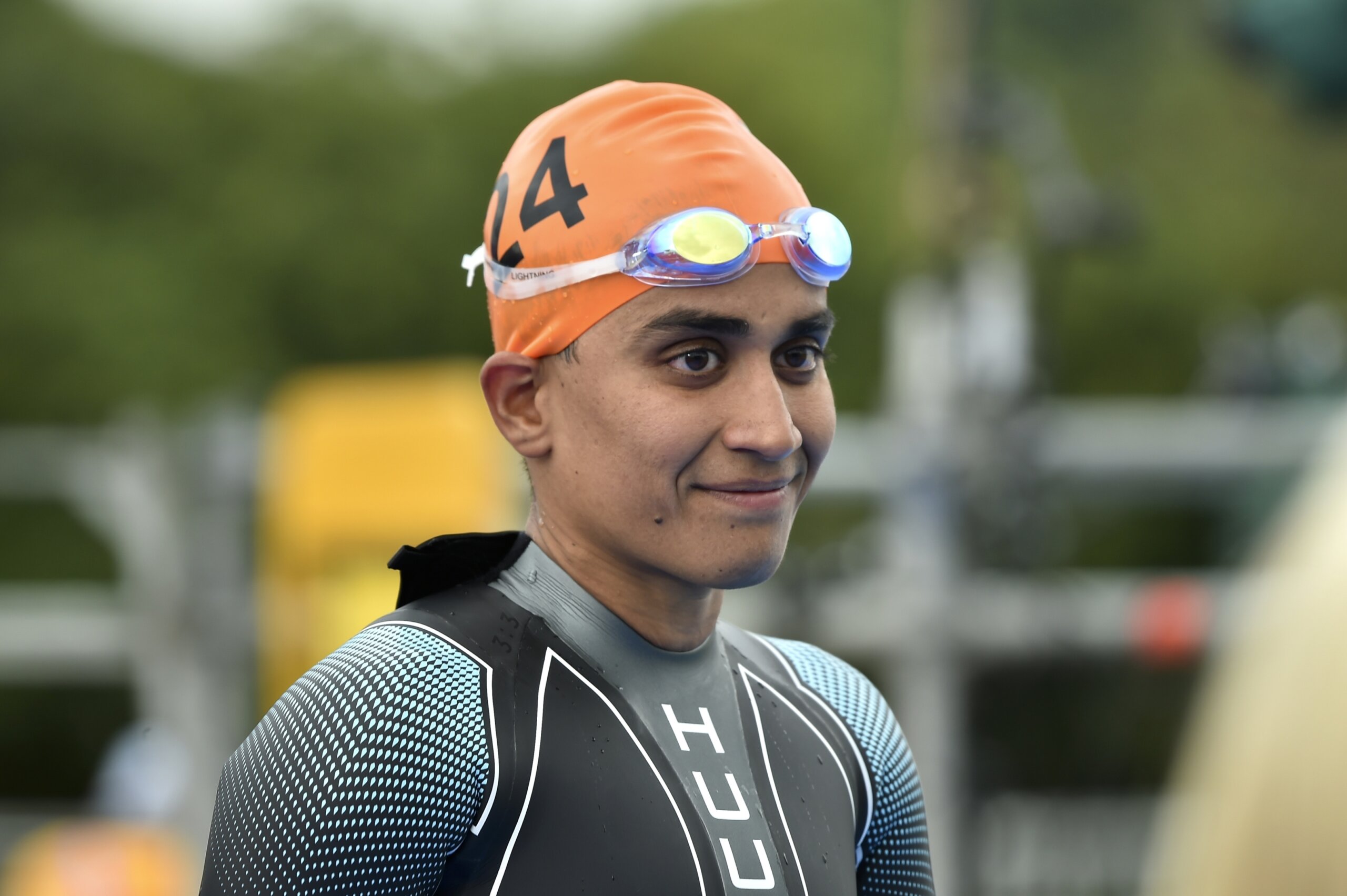Travel
James Franklin details No. 4 Penn State’s travel plans to Los Angeles for USC matchup
As the Big Ten expands into a national conference with a West Coast outpost, it creates many sets of new circumstances. Some of them involve the helmets matched up on Saturdays or the different days and times that games are taking place. Others involve getting to those games in the first place.
On Monday, Penn State coach James Franklin offered some insight into the travel plans for the No. 4 Nittany Lions as they head to Los Angeles to face USC in a road tilt Saturday.
Instead of a normal Friday departure for a road game, Penn State will leave for Southern California on Thursday, and instead of leaving from State College Regional Airport, the Nittany Lions will fly out of Harrisburg International Airport.
“A big part of us leaving on Thursday is we cannot fly out of State College. So that was a big part of our discussions with the Big Ten when all this thing got started is not only are we one of the most northeast schools, but based on runway length, size of plane, weight of plane, fuel on plane, we can’t get out of here unless we would stop for fuel. So with that, we gotta fly out of Harrisburg.”
When Penn State went to the Rose Bowl after the 2022 season, the Nittany Lions flew out of Harrisburg. Ahead of UCLA‘s game at Penn State over the weekend, two planes flew into State College from Los Angeles International Airport on Friday and one plane departed from Harrisburg after the game Saturday.
On Sunday evening, Penn State posted a video to social media of its equipment truck departing the team facility on campus to head west.
Franklin used the chance to discuss Penn State’s travel plans to stump for improvements to State College’s airport.
“To me, that’s one of the things I think we have to discuss is increasing the size of the runway here and the size of the airport for a lot of reasons — for the university, for the community, for businesses, for the athletic department, and for us, now that we’ve decided to make this move as a Big Ten,” Franklin said. “To me, that’s something that we need to do for a lot of different reasons, but that that’s a big part of it is you’re talking about adding another two hours to your trip on top of the flight, and I think the flight’s already five-and-a-half hours or whatever it may be, so that’s pretty much a full day. That’s one of the big reasons for leaving Thursday.”
According to The Athletic, the runway at State College Regional Airport isn’t long enough for certain aircraft, including the Boeing 737-800, 737-900 and 757-300 — though those planes can operate if they make “concessions.”
It’s another aspect that’s out of the ordinary during a regular-season game week for a routine-oriented coach and program.
“[I] feel good about our plan,” Franklin said. “But that’s a big reason why, and that’s something that I think we’re going to need to look at addressing moving forward because it does change things for us, compared to a lot of other teams in our conference that … even if they are northeast, they have an international airport and things like that within a short distance from campus. We kind of got the double whammy. It’s the distance as well as the airport.”
Penn State has been preparing for its cross-country travel since summer 2022 when UCLA and USC announced they were joining the Big Ten this year. Last summer, former Penn State assistant athletic director for applied health and performance science Josh Nelson said the program was in contact with NFL teams to discuss the best way to handle changing time zones and the other challenges that come with traveling that far.
Nelson now works for the Atlanta Falcons, and his role has been taken over by director of performance science – football Andrew Nelson, a former Nittany Lions lineman.
Penn State has played in Pasadena, Calif., twice and Glendale, Ariz., once during Franklin’s tenure, but that was for the Rose Bowl and Fiesta Bowl, respectively. Teams arrive days in advance to participate in the pre-bowl festivities, which allows them to make the adjustment to the time change and weather.
The turnaround for the USC game will be much quicker, even if the team heads out a day early.
“You got the bowl game where you want to get out there early, get adjusted to the climate, get adjusted to the time, all those different things,” Franklin said. “And when you don’t, then you just don’t make an issue out of it. You just go. You stick to your normal routine, you play the game, and you get out of there.”
Penn State’s plan will be important. According to Wilner Hotline, Big Ten teams crossing two time zones for games are 1-8 on the season. The lone victory was when Indiana blew out a rebuilding UCLA team in Pasadena last month. Penn State, which is off to a 5-0 start, will want to buck that trend.
And that comes down to how Penn State follows its plan for the weekend and deals with the challenges presented by the circumstances.
“When it’s in-season, talking to all the NFL teams and talking to all the college teams that have done it, you want to try to keep your routine as consistent as you possibly can,” Franklin said. “But … we have some challenges that other schools don’t have that we have to factor into our decision making process and our planning process.”
Daniel Gallen covers Penn State for Lions247 and 247Sports. He can be reached at daniel.gallen@paramount.com. Follow Daniel on X at @danieljtgallen and Instagram at @bydanieljtgallen.


.jpg)






